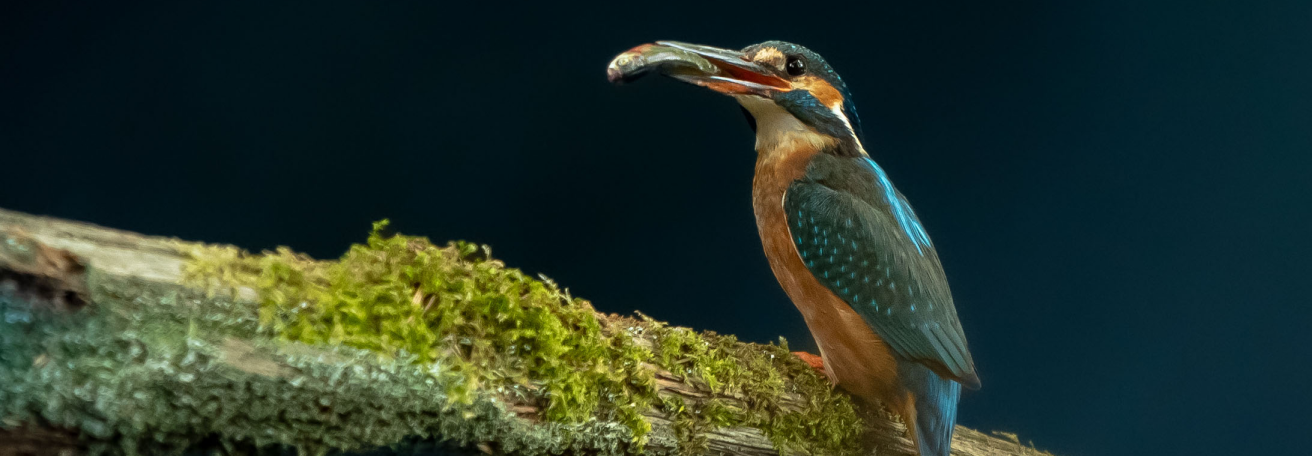Biodiversity

The Temelín nuclear power plant is in the South Bohemian Region, not far from the town of Týn nad Vltavou, above the River Vltava valley, which is 5 km from the plant.
The site has an area of 143 ha (of which 123 hectares are fenced off) and is situated at an altitude of 500 m above sea level. Environmental protection is firmly established in the South Bohemian Region: there are several small-scale protected areas and important sites for the protection of watercourses.
The Temelín NPP site is surrounded primarily by meadows and pastures, which gradually give way to agricultural areas with natural vegetation or a mixture of fields, meadows, and permanent crops. Most of the surrounding area is agricultural land, second are forests, and built-up areas – whether continuous or discontinuous – take up the smallest portion of land.
In terms of fauna, endangered and protected species live in the vicinity of the power plant.
In 2022, the first young peregrine falcons hatched in a nesting box on the balcony of the ventilation stack of the auxiliary operations building. ČEZ Group has cooperated with ornithologists on saving this highly endangered species since 2011.
Scientists from the South Bohemian University spotted nearly 40 bird species in the area of the Temelín NPP. More than a half of them demonstrably nest there. You can see, for example, the common grasshopper warbler, the grey wagtail, and the common swift.
On the site of the Temelín nuclear power plant proper, hunters regularly organise the capturing of hares, which they subsequently release into the wild. Hares thrive on the nuclear power plant grounds, as they lack natural predators there. All in all, hungers have released more than one hundred hares from the power plant grounds into the wild.
Bees have been kept in the chateau park that comprises a part of the Temelín information centre since 2018. 150 kilograms of honey were produced by five hives during the first beekeeping season. The honey passed a radiation check that ČEZ conducted in its Radiation Control Laboratory in České Budějovice. The test focused on detecting the presence of radionuclides, and the same analysis was also made using honey that is regularly available in shops. Beekeeping on the grounds of a nuclear power plant emphasises how clean its operation is and that the area around it is not negatively influenced by its operation.
In addition to tens of thousands of bees, also precious carp, squirrels, and various species of butterflies can be seen in the chateau park around the power plant.